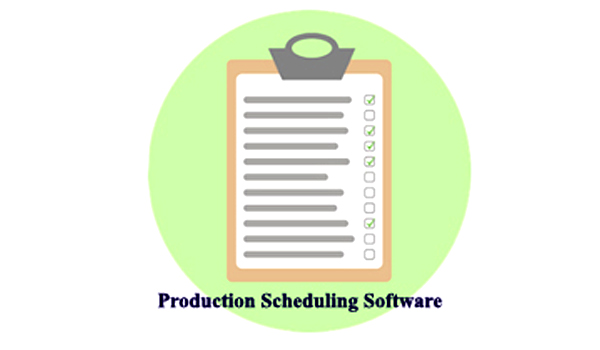Assemble-to-order (ATO)
Assemble-to-order, or ATO, is a manufacturing strategy in which the end product is made from pre-built elements after sales.
Updated: October 10, 2023

Assemble-to-order, or ATO, is a manufacturing strategy in which the end product is made from pre-built elements after sales. The final product is produced by waiting to assemble pre-manufactured subparts exclusively after receiving an order.
Usually, businesses that uses ATO keep a stock of standardized parts in their inventory so that they can build and deliver the entire package to customers quickly upon request. Opportunities for customization is presented in this business strategy, as production starts only after a sale.
Manufacturing execution systems (MES) and enterprise resource planning (ERP) systems are used by manufacturers to simplify production. MES and ERP help maximize efficiency by managing subcomponent inventory, monitoring production status, scheduling production, and aiding in order processing in an assemble-to-order setting.
Cost savings, Greater flexibility, Shorter lead time, Enhanced customer satisfaction and Reduced dead stock levels are few other benefits of assemble-to-order along with saving money and improving customer satisfaction.
Higher chances of stockouts, Poor quality issues, Inventory management and Time to market are some of the disadvantages of assemble-to-order.
ATO strategy can be made more effective in delivering high-quality products, reducing costs, and increasing customer satisfaction by implementing certain best practices. These include doing the research, automation, prioritizing quality control, investing in machinery, training the staff and learning from mistakes.



